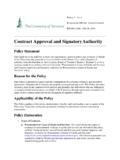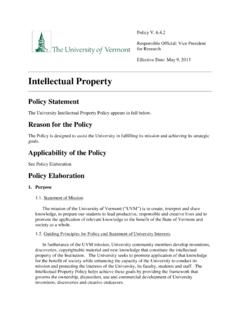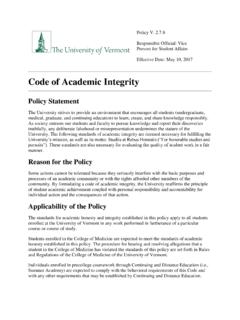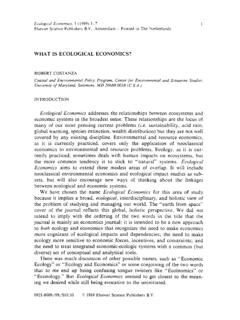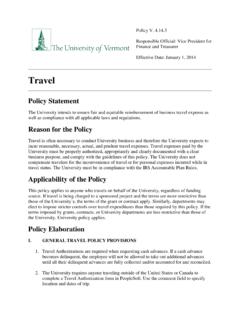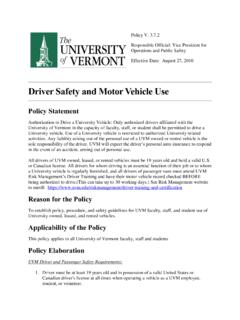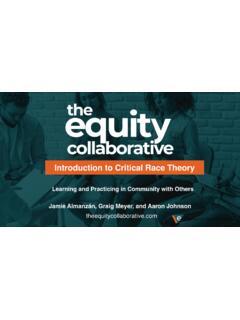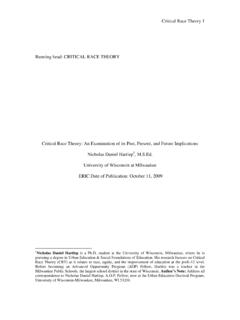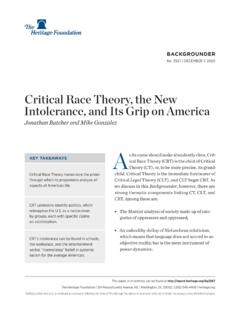Transcription of The Role of Critical Race Theory in Higher Education
1 53 HiraldoThe Role of Critical Race Theory in Higher EducationPayne HiraldoIn 1994, Critical race Theory (CRT) was first used as an analytical framework to assess inequity in Education (Decuir & Dixson, 2004; Ladson-Billings & Tate, 1995). Since then, scholars have used CRT as a framework to further analyze and critique educational research and practice (Ladson-Billings, 2005). This ar-ticle will further explore how the five tenets of CRT can be used to analyze the different forms of social inequities reinforced through the institution of Higher Education . First, I will provide an explanation of CRT.
2 Second, I will discuss how each CRT tenet contributes to inclusivity and diversity in Higher Education . Third, I will address criticisms of CRT. Finally, I will share how CRT can further benefit Higher Education . An Historical Overview of Critical Race TheoryDuring the mid-1970s, CRT emerged from the early work of Derrick Bell and Alan Freeman, who were discontent with the slow pace of racial reform in the United States (Delgado, 1995; Ladson-Billings, 1998). According to Gordon (1990), CRT originated from the Critical legal studies (CLS) movement (as cited Despite the substantial impact race has in generating inequities in society and educational institutions, race continues to be untheorized (Ladson-Billings & Tate, 1995).)
3 Critical race Theory (CRT) is an analytical framework that stems from the field of Critical legal studies that addresses the racial inequities in society. This article provides an analysis of CRT in the context of diversity and inclusivity in Higher Education . In addition, this article also draws from the work and re-search done by Critical race theorists who support the use of CRT in Education reform and research. Payne is the Assistant Residence Director for Jeanne Mance Trinity. She is currently a candi-date for a in the Higher Education and Student Affairs Administration program at the University of Vermont.
4 Payne received her bachelor s degree from Hampshire College, a small private liberal arts institution in Amherst, Massachusetts. At Hampshire, Payne focused on Latin@ identity formation, transnational migration with a particular focus on Latina women in the United States. She also served as an intern for the Department of Residential Life for three years. Payne will eventually pursue a with hopes of becoming faculty at a small size institution. Her academic and professional interests include but are not limited to Critical race Theory , identity formation, experiences of first generation and ALANA college students at predominantly white institutions, immigration, and Freirean The Vermont Connection 2010 Volume 31 in Ladson-Billings), which failed to address the effects of race and racism in jurisprudence (DeCuir & Dixson, 2004, p.
5 26). As a result, CRT analyzes the role of race and racism in perpetuating social disparities between dominant and marginalized racial groups (DeCuir Ladson-Billings; Ladson-Billings & Tate, 1995). CRT s purpose is to unearth what is taken for granted when ana-lyzing race and privilege, as well as the profound patterns of exclusion that exist in society (Parker & Villalpando, 2007). Therefore, CRT can play an impor-tant role when Higher Education institutions work toward becoming more diverse and inclusive. For example, in a predominantly White institution (PWI) simply working toward increasing the amount of students of color enrolled is an insuf-ficient goal if institutional change is a priority.
6 Examining the campus climate efforts to have culturally competent and diverse staff, faculty, and administrators is a more effective way of becoming more diverse and inclusive. Fortunately, the various tenets of CRT can be used to uncover the ingrained societal disparities that support a system of privilege and Relevance of the Five Tenets of CRT within Higher EducationCRT s framework is comprised of the following five tenets: counter-storytelling; the permanence of racism; Whiteness as property; interest conversion; and the critique of liberalism (DeCuir & Dixson, 2004; Ladson-Billings, 1998; McCoy, 2006).
7 Counter-storytelling is a framework that legitimizes the racial and subor-dinate experiences of marginalized groups (DeCuir Ladson-Billings; Parker & Villalpando, 2007). DeCuir and Dixson stated that counter-stories are a resource that both expose and critique the dominant (male, White, hetero-sexual) ideology, which perpetuates racial stereotypes. Counter-stories are per-sonal, composite stories or narratives of people of color (Delgado Bernal & Villalpando, 2002). The use of counter-stories in analyzing Higher Education s climate provides fac-ulty, staff, and students of color a voice to tell their narratives involving marginal-ized experiences.
8 Counter-stories can assist in analyzing the climate of a college campus and provide opportunities for further research in the ways which an institution can become inclusive and not simply superficially diverse. This goal is important to keep in mind when institutions work toward creating a diverse col-lege community. An institution can aim to increase the diversity of the campus by increasing the number of students of color. However, if the institution does not make the necessary changes to make the campus climate inclusive, the institution will have a difficult time maintaining diversity.
9 In many cases, counter-stories sup-port the permanence of racism, which is the second tenet of permanence of racism suggests that racism controls the political, social, and economic realms of society. In CRT, racism is seen as an inherent part 55 Hiraldoof American civilization, privileging White individuals over people of color in most areas of life, including Education (DeCuir & Dixson, 2004; Delgado, 1995; Ladson-Billings, 1998; Ladson-Billings & Tate, 1995). In Higher Education , rac-ism may be analyzed through a lens that examines the structural impact. When Higher Education ignores the existence of systematic racism, diversity action plans become ineffective (Iverson, 2007).
10 Instead, these initiatives work to pro-pel and reinforce structural and institutional racism (Ladson-Billings & Tate). Therefore, it is important to consider how well intended institutional processes and procedures can potentially promote racism when working toward improving an institution s plan for diversity and inclusion. The third tenet of CRT is Whiteness as property. Due to the embedded racism in American society, Whiteness can be considered a property interest (DeCuir & Dixson, 2004). As a result, this notion operates on different levels. These include the right of possession, the right to use and enjoyment, the right to disposition, and the right of exclusion (DeCuir Ladson-Billings & Tate, 1995; Ladson-Billings, 1998).

